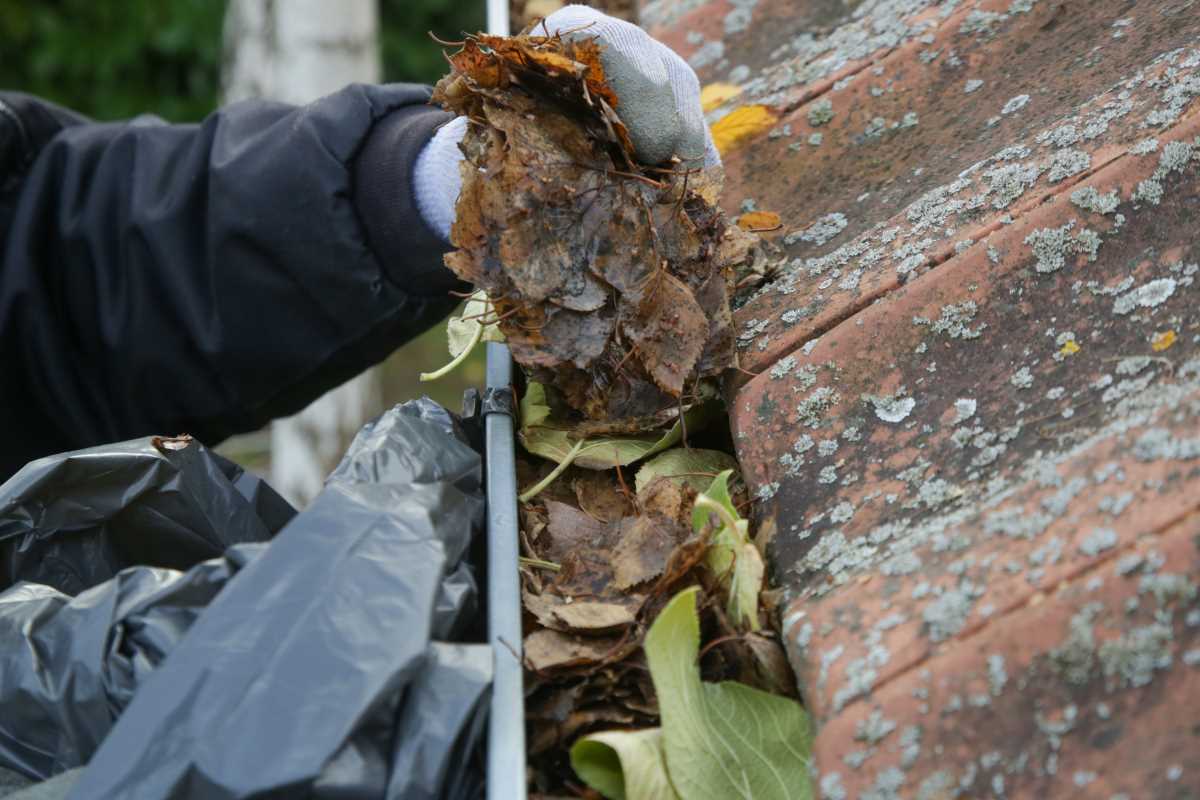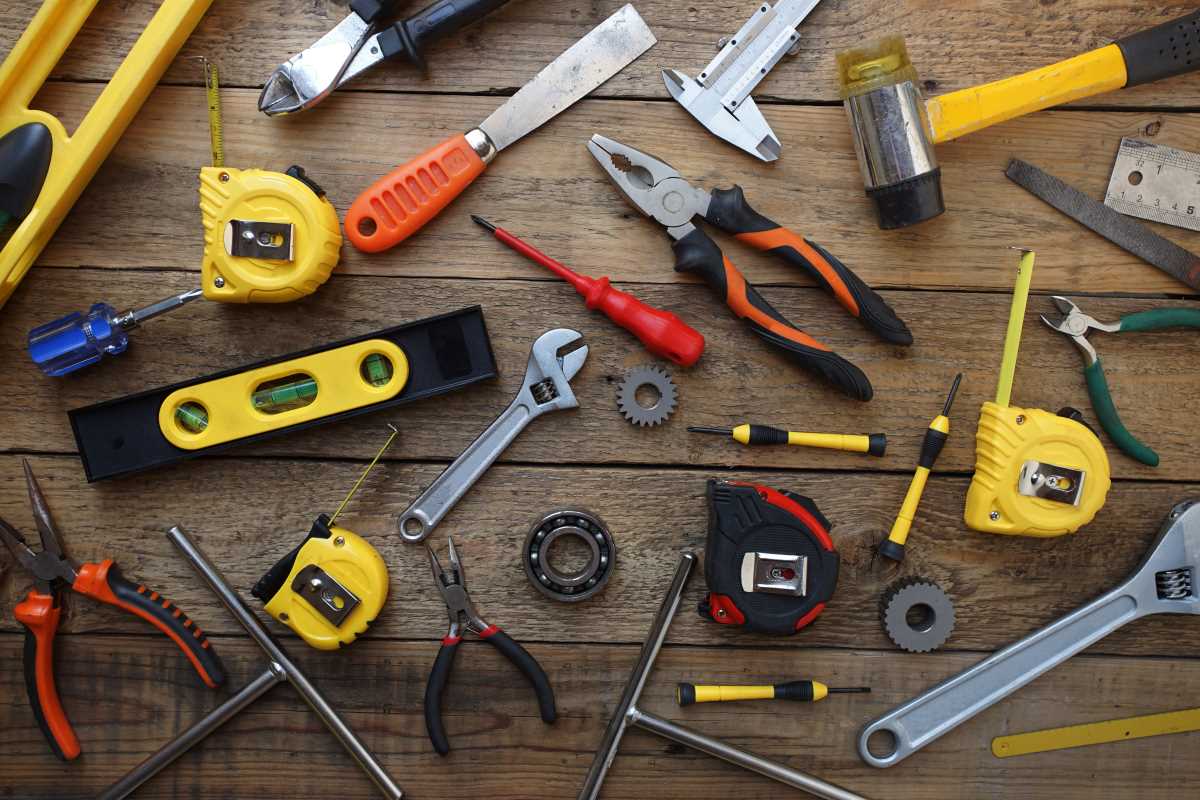The start of a new year is the perfect time to give your home some much-needed attention. Tackling a few key maintenance tasks in January not only protects your property from the harsh winter weather but also sets you up for a more organized and efficient year ahead. A little proactive care now can save you from costly repairs down the road.
This guide provides a straightforward checklist of essential home maintenance tasks for January. We will walk you through practical steps to ensure your home remains safe, warm, and well-maintained throughout the winter season and beyond. Let's get started on protecting your most valuable asset.
1. Check and Maintain Your HVAC System
Your heating system works hard during the winter months, making January an ideal time for a check-up. Proper maintenance ensures your system runs efficiently, saving you money on energy bills and preventing unexpected breakdowns on the coldest days.
- Inspect and Replace Filters: This is one of the easiest and most important tasks. A clogged filter forces your HVAC system to work harder, which increases energy consumption and can lead to damage. Check your filter monthly and replace it if it's dirty. Most standard filters should be replaced every 1 to 3 months.
- Clear Vents and Registers: Walk through your home and ensure that all heating vents are open and unblocked by furniture, rugs, or drapes. Proper airflow is essential for your system to heat your home evenly and efficiently.
- Schedule a Professional Inspection: If you haven't had your furnace professionally serviced in the last year, now is a good time to do so. A technician can clean and inspect the internal components, check for carbon monoxide leaks, and ensure everything is operating safely.
2. Clean Gutters and Downspouts
Even if you cleaned your gutters in the fall, winter storms can fill them with new debris like twigs and leaves. Clogged gutters can lead to serious problems, including ice dams and water damage to your roof and foundation.
- Wait for a Safe Day: Choose a mild, dry day to tackle this task. Avoid cleaning gutters when they are frozen or when there is snow or ice on the roof.
- Clear Debris: Safely use a ladder to remove any leaves, pine needles, or other debris from the gutters. A small trowel or gutter scoop works well for this.
- Flush with Water: After removing the large debris, use a hose to flush out the gutters and downspouts. This helps clear any remaining small particles and confirms that water is flowing freely. If the water backs up, you may have a clog in your downspout that needs to be addressed.
3. Inspect Insulation and Seal Air Leaks
Proper insulation is your home’s primary defense against the cold. Small gaps and inadequate insulation can let warm air escape and cold air seep in, driving up your heating costs. A thorough inspection can help you identify problem areas.
- Check Your Attic: The attic is one of the most common places for heat loss. Visually inspect the insulation to ensure it is evenly distributed and not compressed. You should not be able to see the floor joists. If you can, you likely need to add more insulation.
- Seal Windows and Doors: Feel for drafts around windows and exterior doors. Use weatherstripping or caulk to seal any gaps you find. For a simple fix on drafty windows, you can apply a window insulation film, which creates an extra barrier against the cold.
- Inspect Outlets and Switches: Electrical outlets and switch plates on exterior walls can also be a source of air leaks. You can install inexpensive foam gaskets behind them to block these drafts.
4. Organize Storage Spaces
The new year is a great time to declutter and organize key storage areas like the garage, basement, and closets. With more time spent indoors, you can create a more functional and pleasant living environment.
- Tackle One Area at a Time: To avoid feeling overwhelmed, focus on one space at a time. Start with a small closet or a single corner of the garage.
- Sort and Declutter: Use a simple three-box method: Keep, Donate/Sell, and Trash. Be practical about what you need to keep. If you haven't used an item in over a year, it might be time to let it go.
- Organize Holiday Decorations: As you put away your holiday decorations, take the opportunity to organize them. Use clearly labeled bins to store lights, ornaments, and other items. This will make decorating next year much easier. Test light strands before storing them and discard any that do not work.
5. Prepare for Winter Weather Emergencies
January often brings the most severe winter weather, so it’s wise to be prepared for potential power outages or storms. Having an emergency kit ready provides peace of mind for you and your family.
- Assemble an Emergency Kit: Your kit should include flashlights, extra batteries, a portable radio, a first-aid kit, and a three-day supply of non-perishable food and water. Also include warm blankets and any necessary medications.
- Check Smoke and Carbon Monoxide Detectors: This is a critical safety task. Test all detectors in your home and replace the batteries. These devices are your first line of defense against fire and carbon monoxide poisoning, which is a greater risk in winter when homes are sealed tight.
- Have a Plan for Power Outages: Discuss with your family what you will do if the power goes out. Know the location of your emergency kit and have a plan to stay warm, such as gathering in one room with blankets.
By dedicating a little time to these home maintenance tasks in January, you invest in the comfort, safety, and durability of your home. A proactive approach allows you to address small issues before they become major problems, ensuring your home remains a reliable sanctuary all year long.
 (Image via
(Image via





